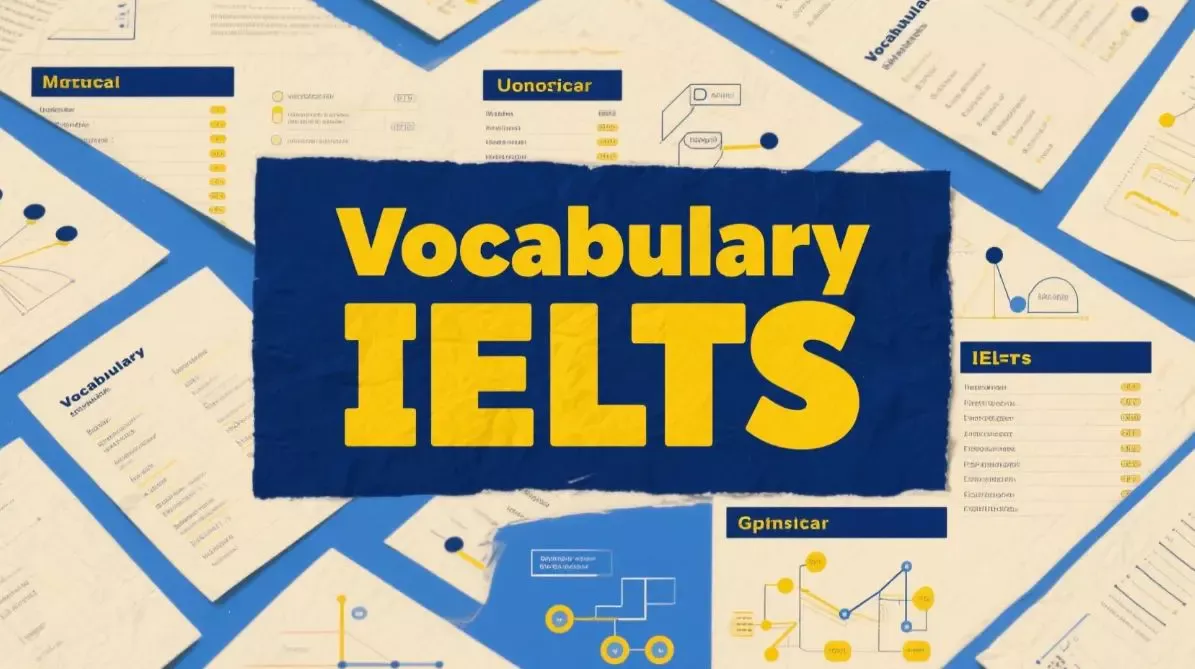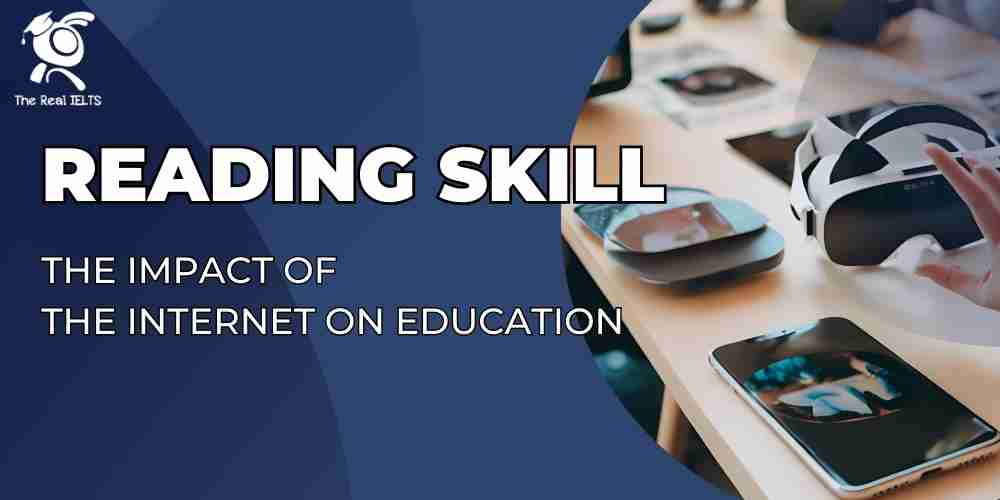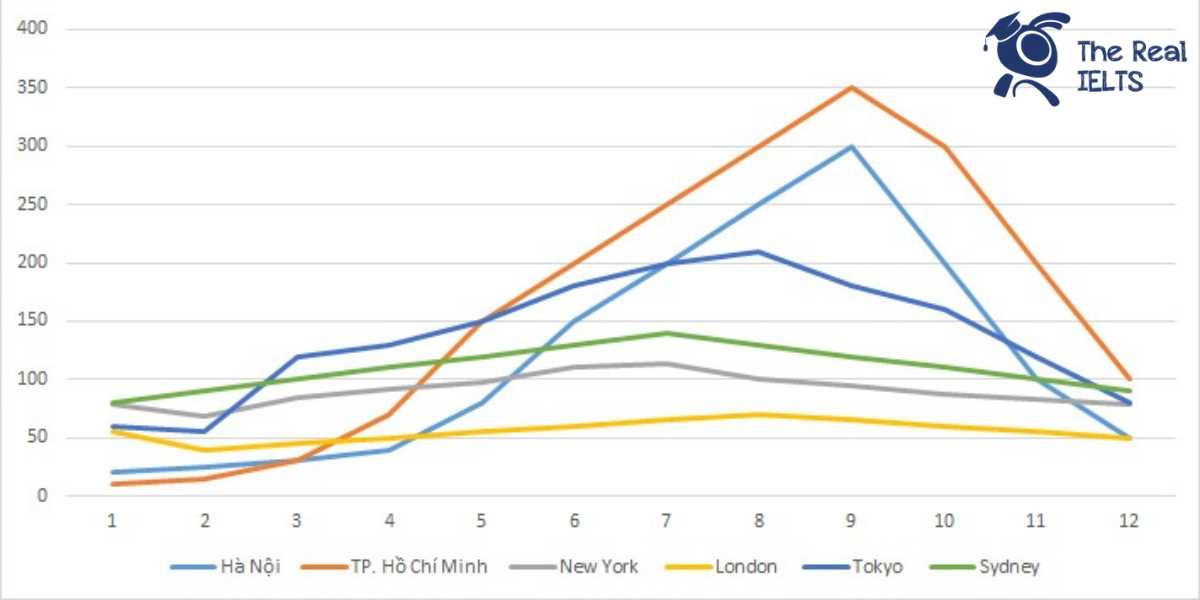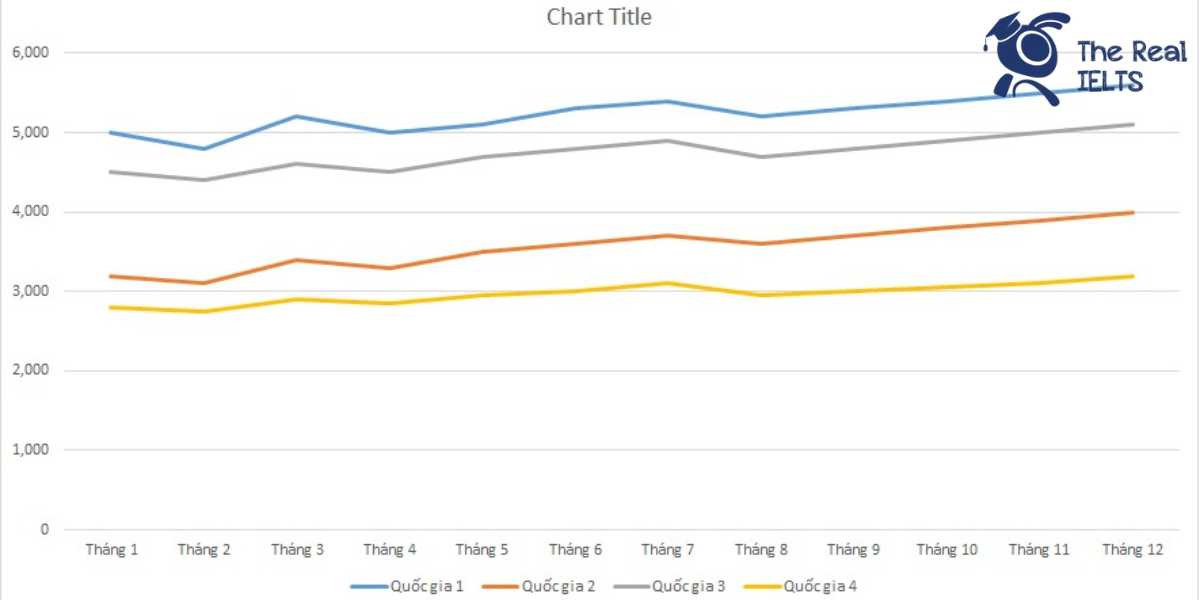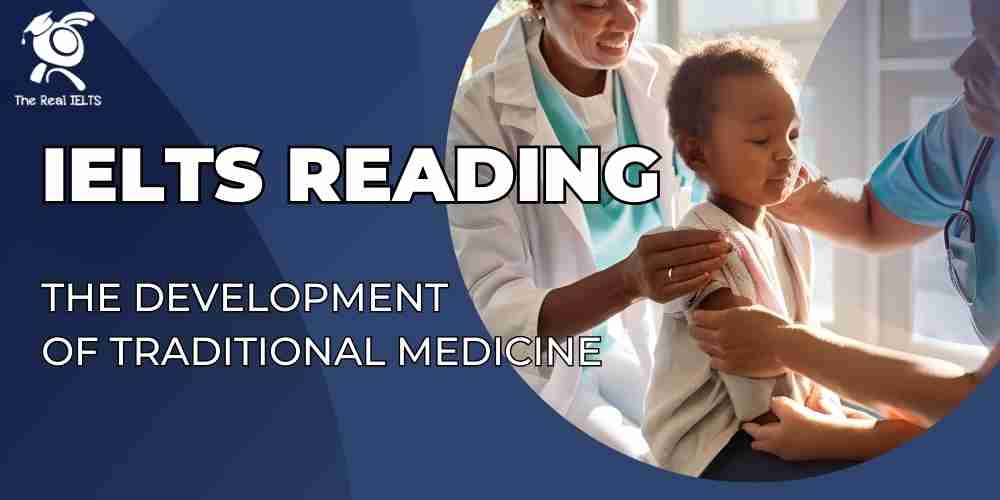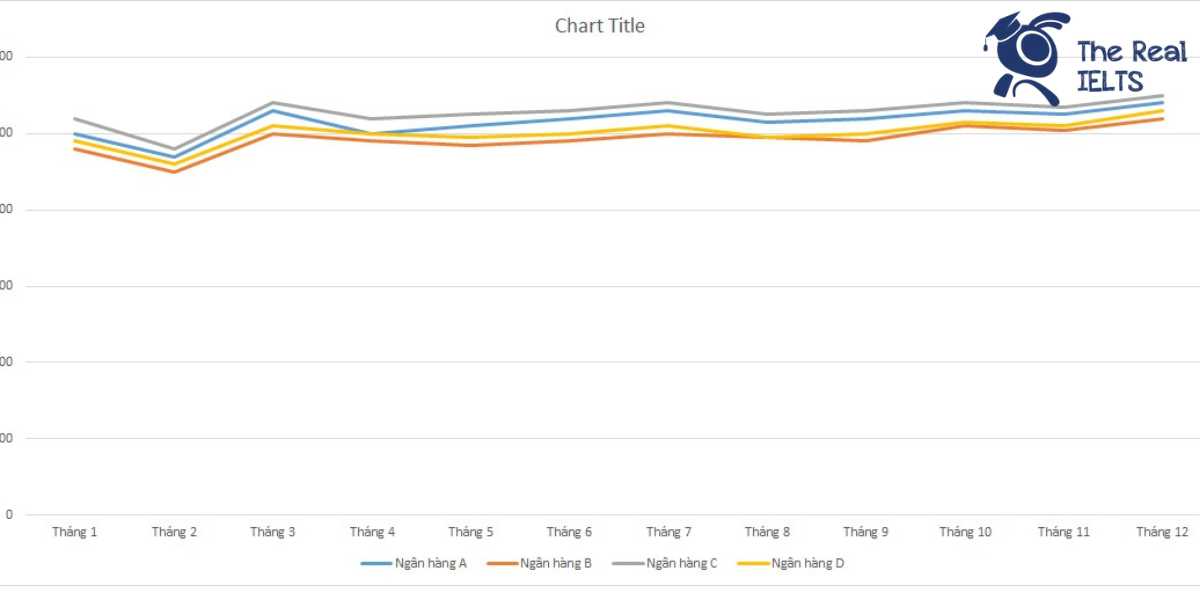Đề bài IELTS Writing task 2 dạng dạng Advantages and Disadvatages: Urbanization
You should spend about 40 minutes on this task
The movement of people from rural areas to cities. Do the advantages of this outweigh the disadvantages?
Write at least 250 words.
Bài mẫu IELTS Writing Task 2 dạng Advantages and Disadvatages: Urbanization
Introduction
Urbanization, the migration of people from rural areas to cities, has become a prevalent phenomenon worldwide. This shift is driven by various factors, including the search for better job opportunities and access to modern amenities. While urbanization offers several significant benefits, it also presents challenges that cannot be overlooked. In this essay, I will discuss both the advantages and disadvantages of urbanization, and argue that while the benefits are substantial, the drawbacks must be carefully managed to ensure sustainable development.
Body Paragraph 1: Advantages
One of the primary advantages of urbanization is the increased availability of job opportunities. Cities often serve as economic hubs, attracting businesses and industries that create a plethora of employment options for residents. For example, in cities like Ho Chi Minh City in Vietnam, the growth of the manufacturing and service sectors has provided numerous jobs, improving the standard of living for many people. This economic growth can lead to improved infrastructure, healthcare, and education, further enhancing the quality of life in urban areas.
Another significant benefit of urbanization is the access to better healthcare and educational facilities. In cities, people have easier access to advanced medical treatments and educational institutions, which are often lacking in rural areas. For instance, urban residents in developed countries have quicker access to specialized healthcare services, which can result in better health outcomes. Additionally, the concentration of universities and research centers in cities promotes higher education and innovation, contributing to the overall development of society.
Body Paragraph 2: Disadvantages
However, urbanization also brings about several disadvantages, one of which is the strain on infrastructure and public services. As more people move to cities, the demand for housing, transportation, and utilities increases, often leading to overcrowding and inadequate public services. For example, cities like Mumbai in India experience severe traffic congestion and overburdened public transport systems, causing daily stress for commuters and negatively impacting productivity.
Another disadvantage of urbanization is the environmental degradation it can cause. The concentration of people and industries in urban areas often leads to increased pollution, waste generation, and the destruction of natural habitats. For instance, the rapid urban expansion in Beijing has resulted in significant air pollution, posing health risks to residents and contributing to global environmental issues. Additionally, the loss of green spaces due to urban development can reduce biodiversity and disrupt local ecosystems.
Conclusion
In conclusion, while urbanization offers undeniable advantages such as enhanced job opportunities and access to better healthcare and education, it also presents significant challenges, including infrastructure strain and environmental degradation. Therefore, it is crucial to balance the benefits of urbanization with effective management of its drawbacks. By implementing sustainable urban planning and investing in infrastructure and environmental protection, the advantages of urbanization can outweigh its disadvantages, leading to a more prosperous and sustainable future.
Thống kê cấu trúc câu và cấu trúc ngữ pháp
Sentence Structures
- Simple Sentences:
- “Urbanization, the migration of people from rural areas to cities, has become a prevalent phenomenon worldwide.”
- “Cities often serve as economic hubs, attracting businesses and industries that create a plethora of employment options for residents.”
- Compound Sentences:
- “This shift is driven by various factors, including the search for better job opportunities and access to modern amenities.”
- “While urbanization offers several significant benefits, it also presents challenges that cannot be overlooked.”
- Complex Sentences:
- “While the benefits are substantial, the drawbacks must be carefully managed to ensure sustainable development.”
- “For example, in cities like Ho Chi Minh City in Vietnam, the growth of the manufacturing and service sectors has provided numerous jobs, improving the standard of living for many people.”
- Compound-Complex Sentences:
- “In this essay, I will discuss both the advantages and disadvantages of urbanization, and argue that while the benefits are substantial, the drawbacks must be carefully managed to ensure sustainable development.”
- “As more people move to cities, the demand for housing, transportation, and utilities increases, often leading to overcrowding and inadequate public services.”
Grammatical Features
- Passive Voice:
- “Urbanization, the migration of people from rural areas to cities, has become a prevalent phenomenon worldwide.”
- “The concentration of people and industries in urban areas is often leading to increased pollution, waste generation, and the destruction of natural habitats.”
- Gerunds:
- “Urbanization, the migration of people from rural areas to cities, has become a prevalent phenomenon worldwide.”
- “For example, in cities like Ho Chi Minh City in Vietnam, the growth of the manufacturing and service sectors has provided numerous jobs, improving the standard of living for many people.”
- Relative Clauses:
- “Cities often serve as economic hubs, attracting businesses and industries that create a plethora of employment options for residents.”
- “This economic growth can lead to improved infrastructure, healthcare, and education, further enhancing the quality of life in urban areas.”
- Conditional Clauses:
- “If more people move to cities, the demand for housing, transportation, and utilities increases, often leading to overcrowding and inadequate public services.”
- “By implementing sustainable urban planning and investing in infrastructure and environmental protection, the advantages of urbanization can outweigh its disadvantages.”
- Subordinating Conjunctions:
- “While urbanization offers several significant benefits, it also presents challenges that cannot be overlooked.”
- “However, urbanization also brings about several disadvantages, one of which is the strain on infrastructure and public services.”
- Parallelism:
- “The demand for housing, transportation, and utilities increases, often leading to overcrowding and inadequate public services.”
- “This economic growth can lead to improved infrastructure, healthcare, and education, further enhancing the quality of life in urban areas.”
- Examples and Illustrations:
- “For example, in cities like Ho Chi Minh City in Vietnam, the growth of the manufacturing and service sectors has provided numerous jobs.”
- “For instance, the rapid urban expansion in Beijing has resulted in significant air pollution, posing health risks to residents.”
Verb Tenses
- Present Perfect:
- “Urbanization has become a prevalent phenomenon worldwide.”
- “The growth of the manufacturing and service sectors has provided numerous jobs.”
- Present Simple:
- “Cities often serve as economic hubs.”
- “The concentration of universities and research centers in cities promotes higher education and innovation.”
- Present Continuous:
- “The concentration of people and industries in urban areas is often leading to increased pollution.”
- Modal Verbs:
- “Urbanization can lead to improved infrastructure, healthcare, and education.”
- “It is crucial to balance the benefits of urbanization with effective management of its drawbacks.”
Các từ vựng tiếng Anh cần lưu ý trong bài viết
1. Urbanization-related Vocabulary
- Urbanization: The process of people moving from rural areas to cities.
- Migration: The movement of people from one place to another.
- Rural areas: Regions outside cities, typically characterized by agriculture and lower population density.
- Cities/Urban areas: Densely populated areas with developed infrastructure and facilities.
2. Advantages of Urbanization
- Job opportunities: Employment prospects available to individuals, especially in urban settings.
- Economic hubs: Cities or regions that are central to the economy and have a high concentration of businesses and industries.
- Standard of living: The level of wealth, comfort, material goods, and necessities available to a certain socioeconomic class or geographic area.
- Infrastructure: The basic physical and organizational structures needed for the operation of a society (e.g., transportation, communication systems).
- Healthcare facilities: Hospitals, clinics, and other services that provide medical care.
- Educational institutions: Schools, colleges, and universities that offer education and training.
3. Disadvantages of Urbanization
- Strain on infrastructure: The pressure on city services and facilities due to population growth.
- Overcrowding: A situation where too many people live in a small space, leading to a shortage of resources.
- Public services: Services provided by the government to its citizens, such as transportation, healthcare, and education.
- Environmental degradation: The deterioration of the environment through depletion of resources, destruction of ecosystems, and pollution.
- Pollution: The presence of harmful substances in the environment, such as air, water, and soil pollution.
- Waste generation: The production of waste materials, which can become a significant problem in urban areas.
- Destruction of natural habitats: The process of natural areas being damaged or destroyed due to urban expansion.
4. General Academic Vocabulary
- Phenomenon: An observable event or situation, often something significant.
- Substantial: Of considerable importance, size, or worth.
- Challenges: Difficult tasks or problems that require effort to solve.
- Sustainable development: Development that meets the needs of the present without compromising the ability of future generations to meet their own needs.
- Balanced approach: A method that considers both advantages and disadvantages to find a fair or effective solution.
5. Useful Linking Words and Phrases
- While: Used to introduce a contrasting statement.
- For example: Used to introduce a specific instance or case.
- For instance: Another phrase to introduce an example.
- In conclusion: Used to introduce a final summary or judgment.
- Therefore: Used to introduce a logical result or conclusion.
- However: Used to introduce a statement that contrasts with or seems to contradict something that has been said previously.
6. High-level Adjectives
- Prevalent: Widespread in a particular area at a particular time.
- Significant: Sufficiently great or important to be worthy of attention.
- Adequate: Satisfactory or acceptable in quality or quantity.
- Substantial: Of considerable importance, size, or worth.
7. Advanced Verbs
- Enhance: To improve the quality, value, or extent of something.
- Promote: To support or actively encourage a process or idea.
- Implement: To put a plan or decision into effect.
- Manage: To handle or control something successfully.
Đọc thêm về bài viết gợi ý luyện thi IELTS.



